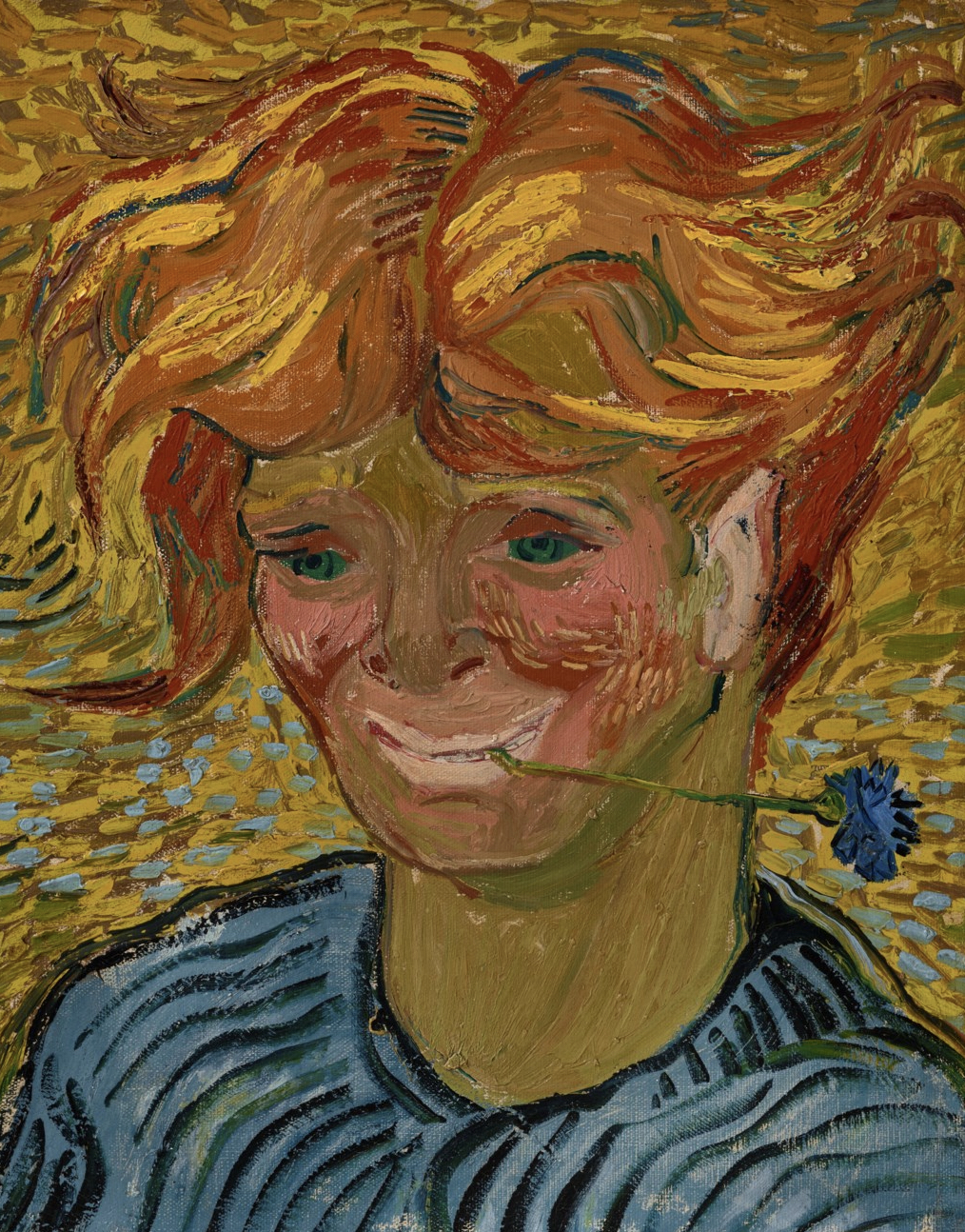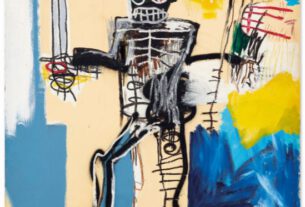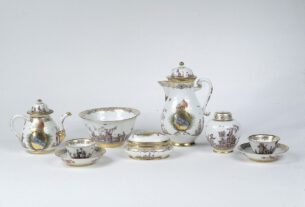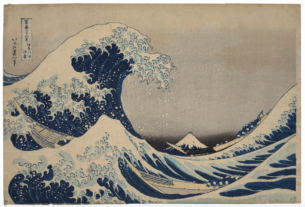Ingeschat op een verkoopprijs van ‘slechts’ 5 to 7 miljoen dollar verkocht voor 46 miljoen euro (inclusief veilingkosten)
Vincent van Gogh painted Jeune homme au bleuet, a vibrant depiction of a young inhabitant of Auvers-sur-Oise, in June 1890, the penultimate month of his life. With a fiery wave of sun-bleached, tousled hair, bright green eyes, and rosy cheeks, this young, disheveled character appears as if a child of the fields, a mischievous ragamuffin, perhaps belonging to a family of farmers who worked the land around the rural village, which was set on a quiet stretch of the river Oise as it wound its way north, through the verdant Ile-de-France.
Van Gogh arrived in Auvers at the end of May 1890. He had decided to leave the quiet sanctum that was the asylum in Saint-Rémy-de-Provence, returning to the north to be closer to his Paris-based brother, Theo, as well as to meet Dr. Paul-Ferdinand Gachet, a homeopathic specialist, collector, amateur artist, and friend to many of the Impressionists, whom Camille Pissarro had recommended to Theo. After spending a few days in Paris, which, coming from the seclusion of Saint-Rémy, served as a violent assault on Van Gogh’s senses and emotions, the artist arrived in Auvers, the quiet, unspoiled village that was to be his last home and final resting place.
Bron: Christies




